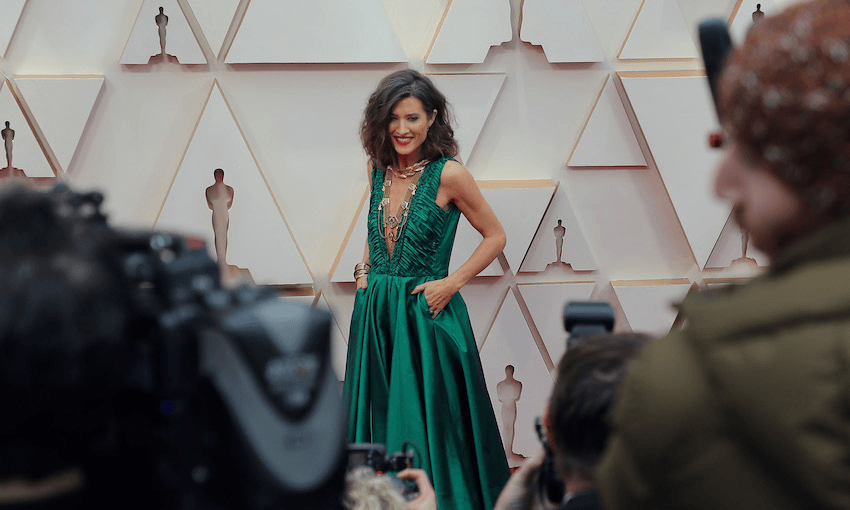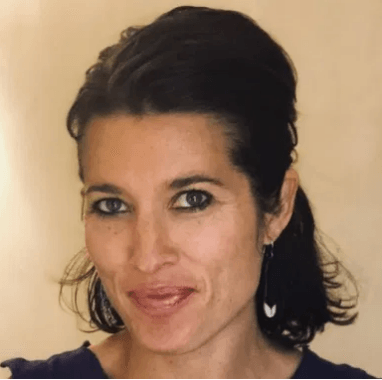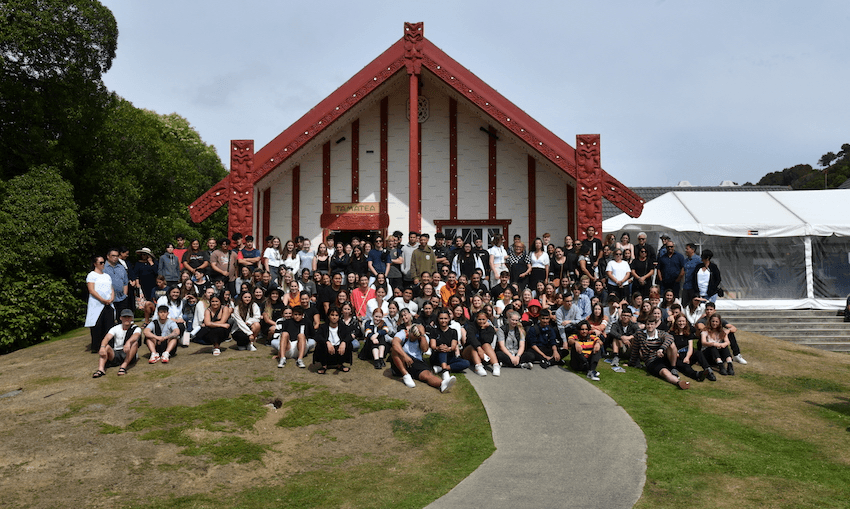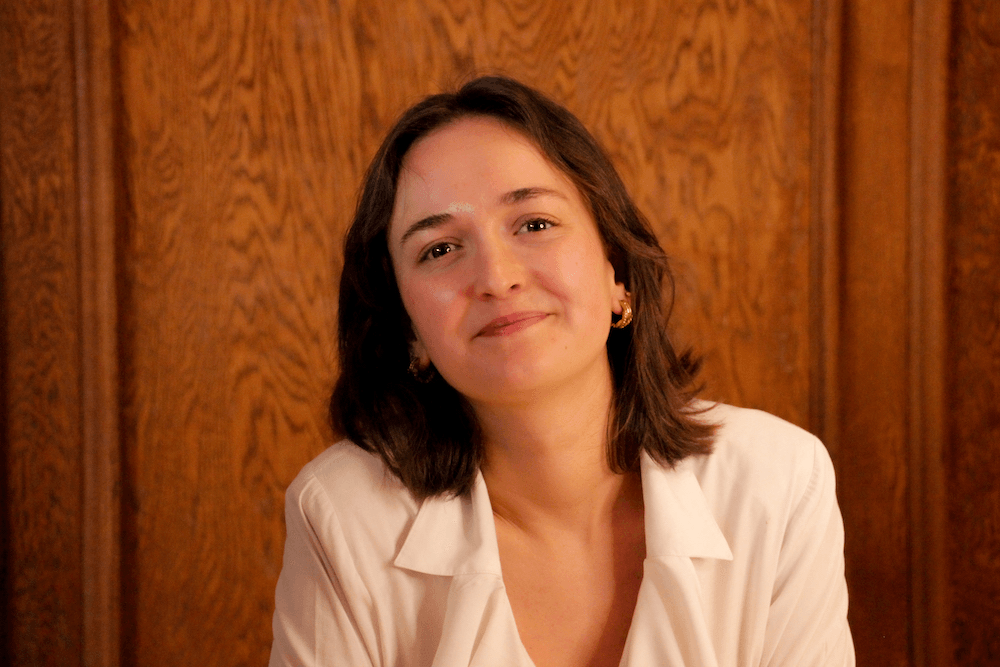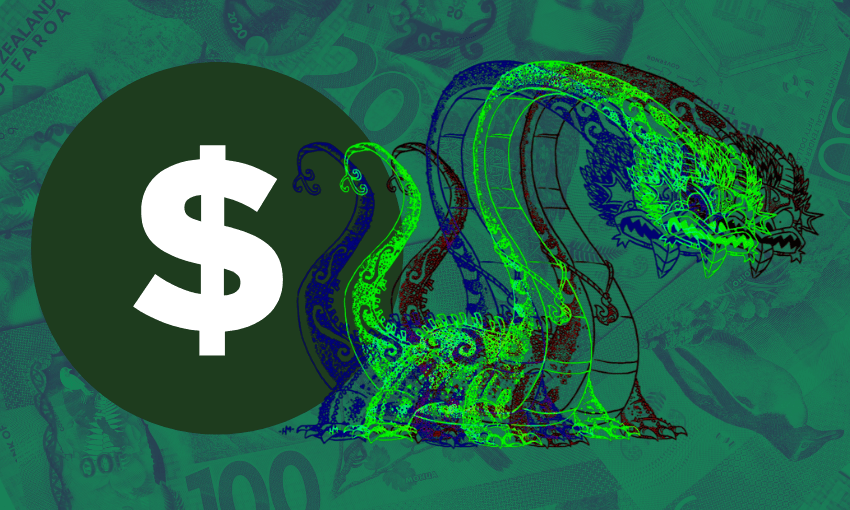You might not think the mysterious group behind the Golden Globes, known as the Hollywood Foreign Press Association, has anything to do with Aotearoa. But some of their members have been speaking on our behalf for a long time. Academy Award-nominated film-maker Chelsea Winstanley is calling for change.
Supposedly there is a major overhaul about to take place at the Hollywood Foreign Press Association (HFPA). In the days leading up to last week’s Golden Globes, where film and television accolades are handed out by the HFPA’s 87-person membership, frustrated guilds and watch groups pointed out (not for the first time) that the organisation still had no Black members. They haven’t had any for more than 20 years.
While there were well-deserved Black winners in acting categories, notable snubs included Michaela Coel’s devastatingly good I May Destroy You, Ma Rainey’s Black Bottom, Da 5 Bloods, One Night in Miami and Judas And The Black Messiah.
To join the HFPA, candidates must be based in Southern California, write for publications outside the continental US and have been members of the MPAA (Motion Picture Association of America) for more than two years. They must also be sponsored by two existing members. Rumours abound that the last criteria is the hardest to overcome due to HFPA journalists fiercely protecting their territories.
Stories of corruption have plagued the institution for years, as an exposé by the LA Times recently revealed. The group was sued by a former publicist a decade ago, and again recently by a Norwegian reporter who claimed they were using underhanded tactics to exclude eligible journalists and were monopolising access. A lavish junket to Paris for 30 members paid for by the Emily in Paris producers also raised eyebrows.
Anyone looked into the diversity quotient of the Hollywood Foreign Press Association? #GoldenGlobes pic.twitter.com/za2MBA2vQM
— David Hughes (@DavidHughesTwit) February 4, 2021
The group doesn’t publish the names of their members on their website, so people have to dig around to find out who makes up the organisation. As Vox and the LA Times revealed, it’s a deeply weird group of people. Some are great entertainment journalists, but there are also failed actors, producers, a Russian socialite, a Mr Universe turned action star, many authors of books that have nothing to do with film and television, and a good chunk who don’t seem to have done any reporting in a while. All are routinely granted exclusive access that is denied to other journalists.
In response to the backlash, a statement from the not-for-profit organisation went out this week about how it proposes to address the problem.
A statement from the Hollywood Foreign Press Association (HFPA). pic.twitter.com/R81QjEMgK5
— Golden Globe Awards (@goldenglobes) March 7, 2021
Director Ava DuVernay, whose company Array distributed the documentary Merata: How Mum Decolonised the Screen, was quick to respond to their announcement, pointing out that an internal review of the famously secretive organisation didn’t leave people with much faith in the process.
So, the board is gonna oversee its own reform? Same board that oversees and benefits from the current practices and has knowingly perpetuated the HFPA’s corrupt dealings and racial inequity for decades? Got it. https://t.co/PvrUYdWRr6
— Ava DuVernay (@ava) March 7, 2021
I must admit I too rolled my eyes. I want to believe they will step up. I want to believe given all the work being done to address systemic racism and inequality globally that they will do as they say. However, it’s hard to think change will come when one of their members, Australian Jenny Cooney, says in a live television interview that “having a Black member was not anything that we focused on”.
“The fact that we didn’t have a Black members never really seemed a problem,” she told the Today Show in Australia. “I always thought diversity was about not skin colour but about nationalities and where people came from.
“And also, because we were writing for foreign publications, I never understood that… we had to go and find a Black person. It sounded very strange to me. But we always welcomed everybody, and if somebody had applied, we would have welcomed them with open arms.”
Open arms? Cooney reports for media that covers both Australia and New Zealand, alongside another white-passing Australian woman, Michele Manelis. Neither woman is from my country, Aotearoa New Zealand, and they have no direct relationship to the land or with the Indigenous people. Between them Cooney and Manelis author pieces for NZME and Stuff (only a handful in the past year), Now to Love (an aggregate of ARE Media’s magazines, such as the Australian Women’s Weekly and Woman’s Day), Mindfood and the TV Guide – the majority of them Q&As that contain no critical analysis of the films they’re writing about.
One change they could make to address the current inequality in the HFPA is stepping aside and allowing someone from Aotearoa to represent Aotearoa and report to our media with our lens. The criteria for inclusion has to change (although it’s worth noting that there have been New Zealand reporters in LA that fit the criteria. I wonder if they were welcomed with open arms?)
As an Indigenous film-maker, I’m aware that for the most part, our films are invisible to Hollywood. The closest the Golden Globes has come to nominating “Indigenous” films are 2016’s The Revenant and 1990’s Dances With Wolves, whose three Golden Globe trophies, of course, went to white men. Leonardo DiCaprio at least had the good grace to dedicate his best actor win to the First Nations people in his film and the Indigenous communities of the world.
The HFPA should allow each nation with a thriving film industry to participate and have its own member. Our Indigenous stories are far more successful than our non-Indigenous stories on the world cinema stage. I would love to read about Hollywood through an Indigenous lens.
I wonder how many Aboriginal journalists have considered the HFPA to be an option? Sami nation? Indigenous Taiwanese film community? The A’i Cofan community in Ecuador and the Kīsêdjê community in Brazil? Their First Nations cousins in Canada?
A 2017 Facebook post by Gamillaroi Torres Strait Islander film-maker Nakkiah Lui highlighted the point that Indigenous arts are harder to disseminate when reviewers are still viewing them through a colonial gaze: “Sometimes I’m a little bummed out that there really aren’t any Aboriginal/Torres Strait Islander or People of Colour critics – especially women – to review my work for publications.”
A group called Blak Critics was formed in direct response to what artists like Lui were talking about. Its focus was to “address the need for robust, critical and culturally informed dialogue around Indigenous performance, practice and methodologies, in mainstream editorials and publications and the public domain”. Together they created something the entire arts community had been missing.
Yes the HFPA’s job is to report on Hollywood. As I reflect on the fact that I get to vote in the Academy Awards this year, thanks in large part to the efforts of the Academy to open up their membership (now over 9,000 members) to have more BIPOC representation, it does not escape me that the HFPA, who host the Oscars precursor, have enormous power in influencing the economic success of a film or TV show. Since 1950, 52% of Golden Globe best motion picture – drama winners have gone on to win an Oscar. The current HFPA membership is not reflective of the world of cinema – certainly not the world in which I live in and many other Indigenous film-makers create art from.
When seven out of 10 of the most internationally successful films from Aotearoa are either helmed by Māori or about Māori, and are celebrated on the world stage, it goes without saying we have a unique voice within cinema. If we play such an important role on the world cinema stage, breaking into Hollywood like never before with film-makers like Taika Waititi, then who is that voice talking back to us? I don’t believe the current HFPA members who represent Aotearoa should be the ones to report to our media. And they certainly shouldn’t be the ones to have that exclusivity.
Hopefully the HFPA will make a stand, change its membership criteria and allow journalists from each nation to participate. Please do not give our nation’s voice to Australia – we love our Aussie cuzzies but we don’t claim to represent them, so please don’t claim to represent us.

